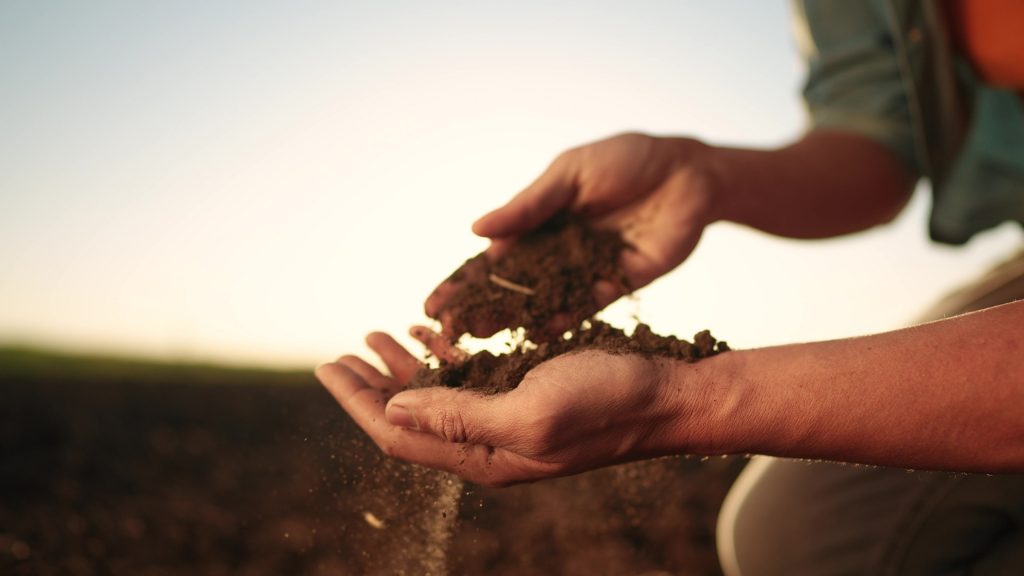
Oklahoma Farm Reporter Maci Carter is talking with James Shurts of Great Plains Manufacturing about providing farmers with sustainable solutions to agriculture.
“We are a strong ag brand, but we are actually part of a much bigger organization,” Shurts said. “Back in 2007, we created a relationship with Kubota, a comarketing agreement, and a lot of people don’t realize we have been part of the Kubota family since 2016.”
While they are a completely different brand, Shurts said they reap the benefits of tapping into a global base of technology research.
“What we do is we provide agronomic solutions to farmers,” Shurts said. “Not only in the U.S., but globally. Whether it is focusing on box drill solutions or tillage solutions, we really provide probably the most complete offering out there of any of the short line manufacturers.”
Shurts said Great Plains Manufacturing was one of the first entities to dive into sustainable agriculture. In the 80s, no-till soybean drill was unheard of, Shurts said, and Great Plains Manufacturing was the first to market the practice.
“We were the first into a truly regenerative agriculture,” Shurts said. “So, a tool that can manage your residue and keep your soil healthy and provide an adequate seed bed- that is what we do, is just providing solutions for farmers.”
Going forward, Shurts said Great Plains Manufacturing continues to focus on helping producers through a variety of trials, such as labor shortages, maximizing yields, and more.
“A lot of it is going to come through technology, and technology is in areas you haven’t thought of before,” Shurts said.
When it comes to sustainability, Shurts said the first thing to remember is that tillage is not a bad thing.
“Regenerative is the process,” Shurts said. “Sustainability is the path. We really look at tools that minimize the disturbance but provide optimal seedbed preparation, soil conditioning, and sizing of residue so you can maximize your yield. If you can get that biomass up and increase your yield, you are also increasing your carbon capture.”
There is not just one route to sustainability, Shurts said, as it takes a systems approach.
“If you don’t reset that profile and really start with a foundational base and manage it through your cropping cycles, you are not going to get the maximum benefits,” Shurts said.


















